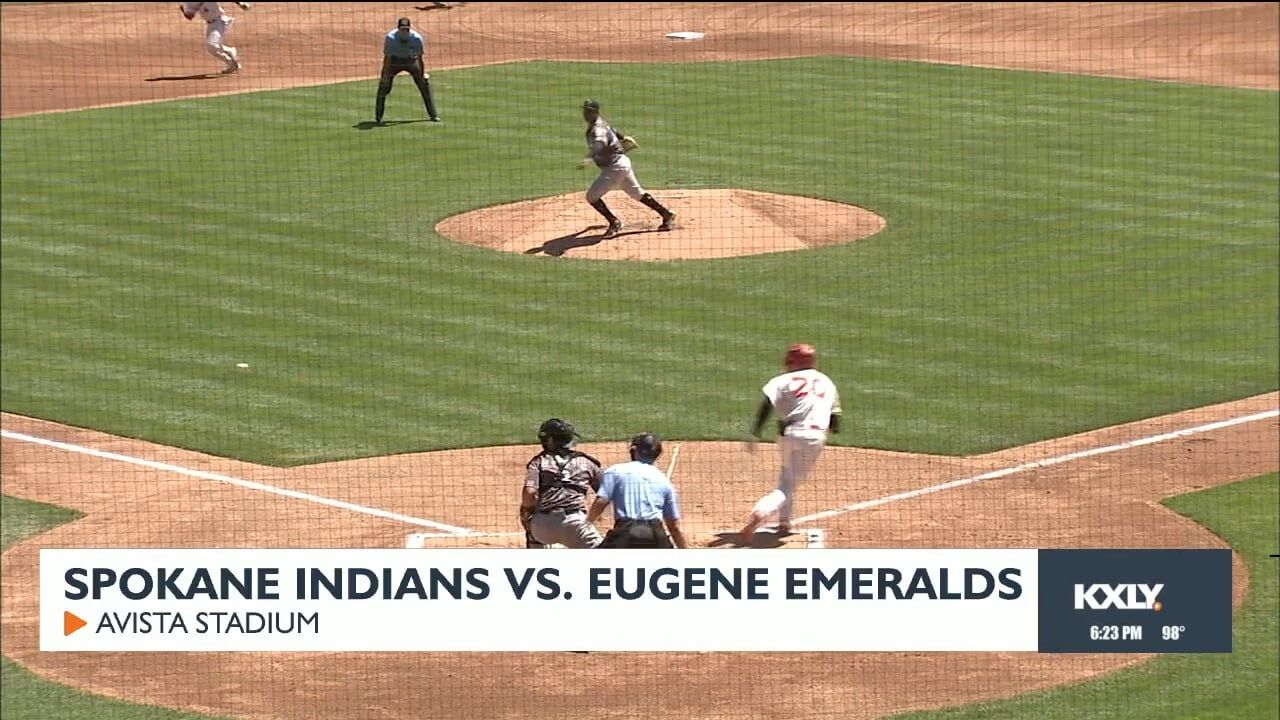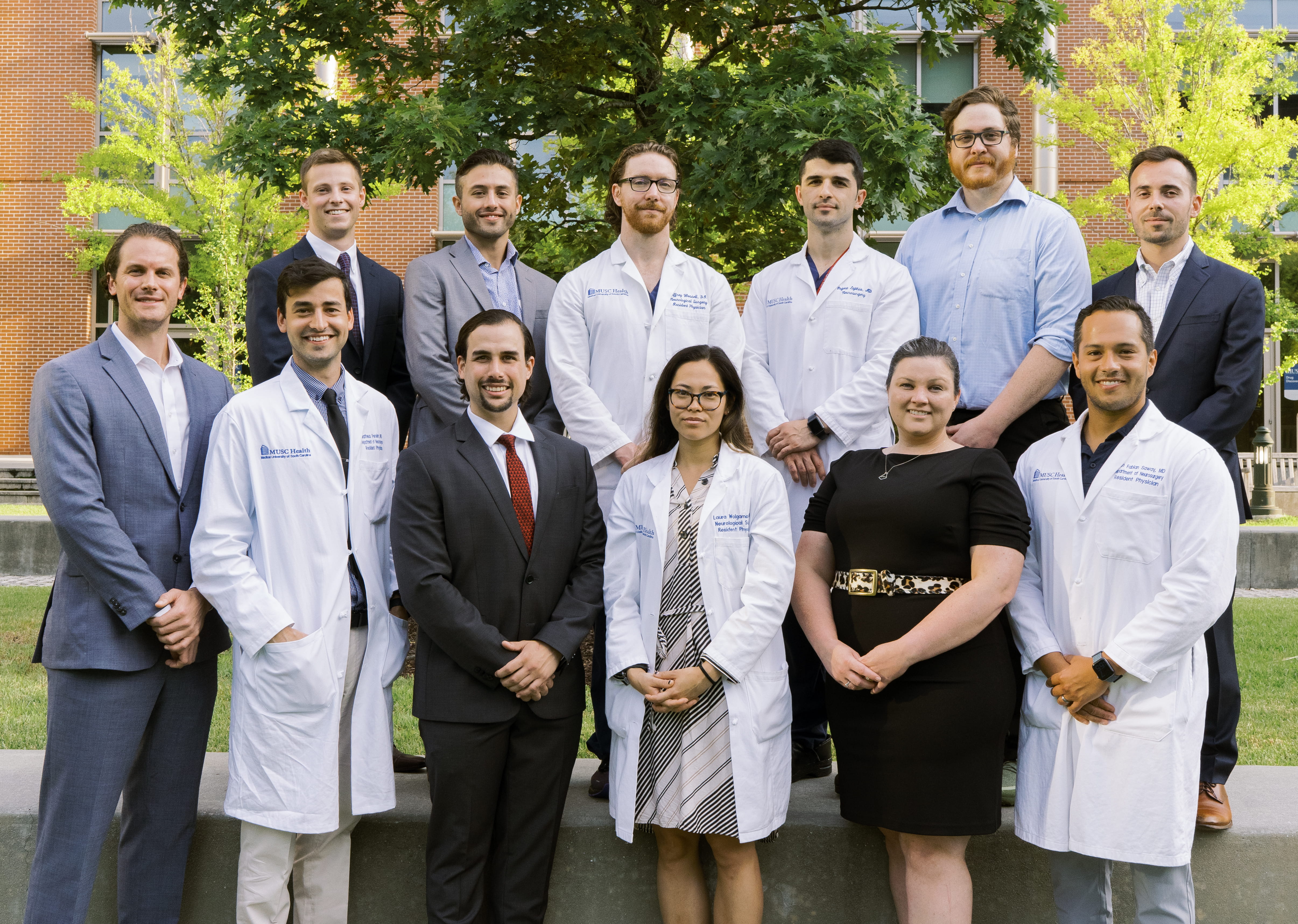Report on Spokane’s Aquifer Protection Ballot Measure and Alignment with Sustainable Development Goals
Executive Summary
A ballot measure proposes that the city of Spokane rejoins the Spokane County’s Aquifer Protection Area after a 20-year absence. This initiative requires voter approval for an annual fee to fund the protection of the Spokane Valley-Rathdrum Prairie Aquifer, the region’s primary drinking water source. The measure is critically aligned with several United Nations Sustainable Development Goals (SDGs), focusing on water security, community resilience, and public health.
SDG 6: Clean Water and Sanitation
The core of the proposal is the preservation of a vital water resource, directly supporting the objectives of SDG 6.
- Access to Safe Water: The initiative aims to maintain and protect the quality of drinking water for Spokane and neighboring jurisdictions, aligning with SDG Target 6.1 to ensure universal access to safe and affordable drinking water.
- Water Quality Monitoring: The protection area utilizes 51 monitoring sites to test for chemicals and contaminants. This addresses growing concerns over substances like PFAS and supports SDG Target 6.3, which focuses on improving water quality by reducing pollution.
- Community Management: The ballot measure empowers the local community to participate directly in the management of their water resources, a key component of SDG Target 6.b.
SDG 11 & SDG 13: Sustainable Cities and Climate Action
The proposed funding is allocated for infrastructure and adaptation strategies, enhancing urban sustainability and addressing climate-related threats.
- Sustainable Infrastructure: Revenue will support crucial infrastructure projects for stormwater and sewage systems, contributing to SDG Target 11.6 by reducing the adverse environmental impact of cities.
- Climate Resilience: Officials recognize that climate change may lower aquifer levels. The plan allows for adaptive projects to mitigate these effects, directly supporting SDG Target 13.1, which calls for strengthening resilience to climate-related hazards.
SDG 3 & SDG 17: Good Health and Partnerships for the Goals
The initiative promotes public well-being through a collaborative, multi-jurisdictional framework.
- Public Health Protection: By safeguarding the aquifer from toxic contamination, the measure contributes to SDG Target 3.9, which aims to reduce illnesses and deaths from water pollution.
- Collaborative Governance: Spokane would rejoin Spokane Valley, Liberty Lake, and other jurisdictions in a unified effort. This regional partnership to manage a shared resource exemplifies the principles of SDG 17, which encourages effective partnerships for sustainable development.
Financial Implementation and Path Forward
The proposal includes a 20-year annual fee of $15 on property taxes, with a $30 fee for rural properties using septic tanks. This fee has notably not increased since 1985. The decision rests with voters in the August 5 primary election, offering a clear opportunity to invest in long-term water security and advance regional sustainability objectives.
SDGs Addressed in the Article
- SDG 6: Clean Water and Sanitation – The article’s central theme is the protection of the Spokane Valley-Rathdrum Prairie Aquifer, the primary source of drinking water for the region.
- SDG 11: Sustainable Cities and Communities – The article discusses urban infrastructure projects (stormwater, sewage systems) and inter-jurisdictional cooperation (Spokane, Spokane Valley, Liberty Lake) to manage a shared resource vital for the community’s health and sustainability.
- SDG 13: Climate Action – The article explicitly mentions the impact of climate change on the aquifer, citing changes in precipitation and lower water levels as a future challenge.
- SDG 17: Partnerships for the Goals – The effort to have the City of Spokane rejoin the county-wide Aquifer Protection Area is a clear example of a partnership between different levels of government to achieve a common sustainability goal.
Specific SDG Targets Identified
SDG 6: Clean Water and Sanitation
- Target 6.1: “By 2030, achieve universal and equitable access to safe and affordable drinking water for all.” The article focuses on protecting the “region’s primary source of clean and safe drinking water,” which directly supports this target for the residents of Spokane and surrounding areas.
- Target 6.3: “By 2030, improve water quality by reducing pollution… minimizing release of hazardous chemicals and materials…” The article highlights growing concerns about “PFAS contamination and other toxic substances” in the aquifer, and the protection area’s role in monitoring and mitigating these threats.
- Target 6.5: “By 2030, implement integrated water resources management at all levels, including through transboundary cooperation…” The Aquifer Protection Area itself is a mechanism for integrated management, involving cooperation between Spokane County, Spokane, Spokane Valley, and Liberty Lake to manage a shared aquifer.
- Target 6.b: “Support and strengthen the participation of local communities in improving water and sanitation management.” The article is centered on a ballot measure where “Spokane voters will decide” whether to fund and participate in the aquifer protection program, representing direct community involvement.
SDG 11: Sustainable Cities and Communities
- Target 11.5: “By 2030, significantly reduce… the number of people affected… by… water-related disasters…” While not a sudden disaster, the article addresses the long-term risks of water contamination and scarcity due to climate change, which the proposed measures aim to mitigate, thereby protecting the population.
- Target 11.6: “By 2030, reduce the adverse per capita environmental impact of cities, including by paying special attention to… waste management.” The funding from the protection fee is intended for “infrastructure projects for stormwater and sewage systems,” which are crucial for managing urban waste and preventing pollution of the water source.
SDG 13: Climate Action
- Target 13.1: “Strengthen resilience and adaptive capacity to climate-related hazards…” The article notes that “climate change will… change how precipitation comes to us, which will lower the aquifer levels over the years.” The plan to potentially “dig our wells a little deeper” is a direct mention of adapting to the impacts of climate change.
SDG 17: Partnerships for the Goals
- Target 17.17: “Encourage and promote effective public, public-private and civil society partnerships…” The Aquifer Protection Area is a public-public partnership between multiple city and county jurisdictions. The article details the effort to have Spokane rejoin this partnership with Spokane County, Spokane Valley, and Liberty Lake.
Indicators for Measuring Progress
Implied and Mentioned Indicators
- For Target 6.1 (Safe Drinking Water): The article implies an indicator through its reference to the aquifer as the “primary source of clean and safe drinking water” for several jurisdictions. The proportion of the population in Spokane, Spokane Valley, and Liberty Lake served by this safely managed water source is a key indicator.
- For Target 6.3 (Water Quality): The article explicitly mentions the use of “51 monitoring sites to examine chemicals in the aquifer’s water.” The data from these sites, particularly on levels of “PFAS contamination and other toxic substances,” serves as a direct indicator of water quality.
- For Target 6.5 / 17.17 (Cooperation): The existence of the “Spokane County’s Aquifer Protection Area” and the number of participating jurisdictions (Spokane, Spokane Valley, Liberty Lake, Millwood) is an indicator of the level of transboundary cooperation. The outcome of the vote will indicate the expansion of this cooperative framework.
- For Target 13.1 (Climate Resilience): The article mentions that climate change “will lower the aquifer levels over the years.” Therefore, the monitored water level of the aquifer is a key indicator of climate impact and the need for adaptive measures.
- For Target 6.b (Community Participation): The ballot measure itself is an indicator. The results of the vote on whether to join the protection area and pay the fee will directly measure the level of community participation and support.
- Funding for Protection: The article specifies the proposed fee: an “annual $15 fee” for most residents and “$30 per year” for those with septic tanks. The total amount of financial resources generated by this fee is a direct indicator of the investment in water protection activities.
Summary of SDGs, Targets, and Indicators
| SDGs | Targets | Indicators Identified in the Article |
|---|---|---|
| SDG 6: Clean Water and Sanitation | 6.1: Achieve access to safe and affordable drinking water. | Population served by the Spokane Valley-Rathdrum Prairie Aquifer. |
| 6.3: Improve water quality by reducing pollution. | Water quality data from 51 monitoring sites, specifically levels of PFAS and other toxic contaminants. | |
| 6.5: Implement integrated water resources management. | Existence of and membership in the Spokane County’s Aquifer Protection Area. | |
| 6.b: Strengthen participation of local communities. | The ballot measure for voters to decide on joining the protection area. | |
| SDG 11: Sustainable Cities and Communities | 11.6: Reduce the adverse environmental impact of cities. | Funding and implementation of infrastructure projects for stormwater and sewage systems. |
| SDG 13: Climate Action | 13.1: Strengthen resilience and adaptive capacity to climate-related hazards. | Monitored aquifer water levels in response to changing precipitation patterns. |
| SDG 17: Partnerships for the Goals | 17.17: Encourage effective public partnerships. | The formal cooperation between Spokane, Spokane Valley, Liberty Lake, and Spokane County within the Aquifer Protection Area. |
Source: kxly.com







